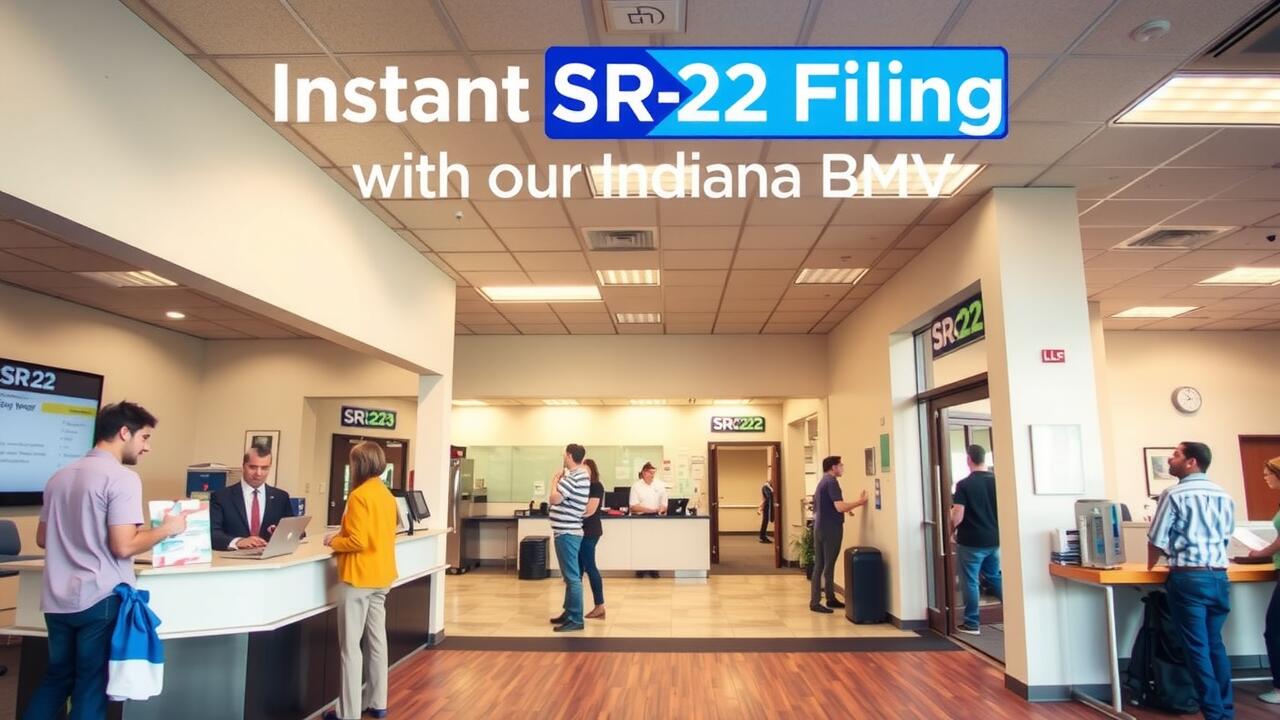
Table Of Contents
Renewing Your SR-22 Policy
Keeping your SR-22 policy active is crucial for meeting legal requirements. Drivers must monitor their policy expiration dates. It’s important to start the renewal process well in advance. Many insurers offer reminders regarding upcoming renewals. Contacting your insurance provider can clarify any changes in coverage or rates.
The renewal process typically involves submitting updated information and paying premiums. Some companies may require a new application. Ensure all documentation is accurate to avoid any delays. Once renewed, the insurer will file the updated SR-22 form with the state. Review the terms of the policy to ensure it continues to meet your needs.
When and How to Renew Your SR-22
Renewing your SR-22 policy is essential to maintain compliance with state regulations. Generally, you must renew before your current coverage expires. Insurance providers typically send a renewal notice, but it is wise to keep track of the expiration date yourself. Ensure that your SR-22 is filed with the state for the entire duration required, as lapses can lead to severe penalties.
The renewal process usually involves contacting your insurance provider to confirm continued coverage. Expect to verify your information and potentially adjust your premium based on any changes in your driving record or other factors. Your insurer will then file an updated SR-22 certificate with the appropriate state agency. Always keep a copy of the renewed document for your records to avoid any discrepancies.
Consequences of SR-22 Non-Compliance
Failing to maintain SR-22 compliance can lead to significant legal and financial repercussions. State authorities may impose fines or penalties, which can escalate if the lapse continues. Additionally, drivers found without valid SR-22 may face suspension of their driving privileges. The risk of being caught driving without the necessary coverage can further complicate matters, leading to deeper legal troubles.
Lapsed SR-22 coverage can also have long-term implications for a driver’s insurance premiums. Insurers generally consider lapses in coverage a red flag, resulting in increased rates or even denial of future coverage. This puts individuals at a disadvantage when seeking affordable insurance options. Furthermore, maintaining a clean driving record becomes even more critical after a lapse, as any subsequent violations can exacerbate the consequences.
Legal Penalties for Lapsed SR-22 Coverage
Failing to maintain continuous SR-22 coverage can lead to serious legal repercussions. In Indiana, drivers are required to hold their SR-22 for a specified period, typically two years following the reinstatement of their driving privileges. If the insurance lapses, the state is promptly notified by the insurer, which can result in immediate suspension of the driver's license.
Additionally, drivers may face financial penalties that escalate if lapses occur repeatedly. The lack of coverage can also lead to increased insurance rates in the future as insurers view lapsed SR-22s as a sign of higher risk. Maintaining the required documentation not only ensures compliance but also avoids the complications that come with lapses.
Alternatives to SR-22 Insurance
For drivers seeking alternatives to SR-22 insurance, one viable option is non-owner car insurance. This type of policy provides liability coverage for individuals who do not own a vehicle but still drive often. It can help meet legal requirements and provide a safeguard against potential liabilities when driving a borrowed or rental vehicle. Non-owner policies typically do not require continuous SR-22 filings, offering a way to maintain compliance while minimizing costs.
Another potential option is a Surety Bond, which serves as a financial guarantee to the state. By purchasing a bond, drivers can demonstrate their ability to cover damages in the event of an accident. This alternative is often favored by those who may not want to engage in traditional insurance markets, particularly high-risk drivers. The bond amount usually corresponds to the state-required minimum liability levels, providing a reliable pathway to legally operate a vehicle without the constraints of an SR-22.
Exploring Options for High-Risk Drivers
High-risk drivers often face challenges in securing affordable auto insurance, and understanding available options is essential for maintaining compliance with state regulations. While SR-22 forms serve as proof of financial responsibility, alternatives to traditional insurance policies may provide necessary coverage without the burden of high premiums. Some insurers specialize in high-risk scenarios, offering tailored plans that can cater to individual needs while ensuring adequate coverage.
Another potential option for drivers seeking alternatives includes consideration of non-standard insurance policies, which are specifically designed for those with poor driving histories or multiple claims. These policies might come with specific terms and conditions, but they can provide essential protection at a manageable cost. Engaging with brokers who specialize in high-risk insurance can also reveal opportunities for discounts or customized plans that align with budgetary constraints.
FAQS
What is an SR-22 form in Indiana?
An SR-22 form is a certificate of financial responsibility that is required by the state for high-risk drivers. It proves that you have the minimum required insurance coverage and is typically mandated after certain driving violations.
How often do I need to renew my SR-22 in Indiana?
In Indiana, an SR-22 must be maintained for a minimum of two years after it is filed. You should renew your SR-22 policy before it expires to avoid any lapse in coverage.
What happens if my SR-22 coverage lapses in Indiana?
If your SR-22 coverage lapses, you may face legal penalties, including fines, license suspension, or an extension of the SR-22 requirement. It’s crucial to ensure continuous coverage during the required period.
Are there alternatives to SR-22 insurance for high-risk drivers in Indiana?
Yes, alternatives exist for high-risk drivers, including non-owner car insurance, which provides liability coverage if you do not own a vehicle, or enrolling in a specialized high-risk insurance program.
How can I find an insurance provider that offers SR-22 in Indiana?
You can find an insurance provider that offers SR-22 by researching online, asking for recommendations from friends or family, or contacting local insurance agents who are familiar with high-risk insurance policies.